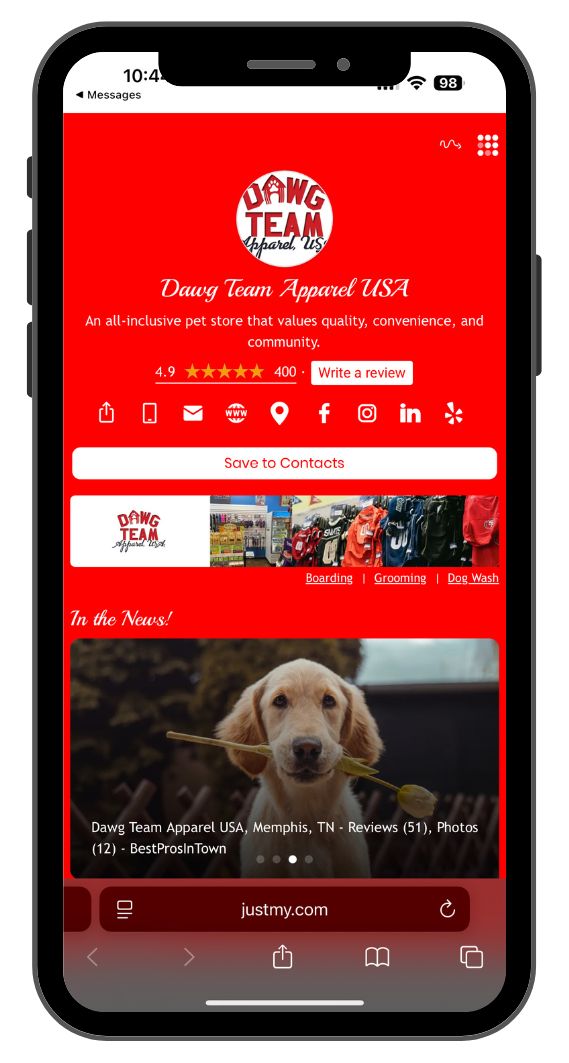

Story by: Joe B Kent
Images by: Jerred Price
Public-private (PP) partnerships have failed Memphis. Ideally, PPs are supposed to bring out the best from both the public sector in public accountability and the private sector in efficient, expeditious, and cost-effective operations, while converging resources on a public challenge.
But after 20 years, of a proliferation of PPs in Memphis, under 2001 founded Memphis Tomorrow, there are questions like Are PPs transparent? And are PPs really working for community betterment? Memphis Tomorrow describes itself in the following way: “Memphis Tomorrow is an association of Memphis’ largest businesses working to promote opportunity and quality of life through public-private partnership. “ (Memphis Tomorrow)
The former makes sense to the public while implying a transparent 50-50 financial partnership. But come to find out, many PPs are not transparent or 50-50 at all. And those PPs that are transparent, their publications often promote overt misrepresentations, while the PP has been wholly ineffective.
Such PPs as Memphis River Parks Partnership (MRPP) or Agricenter are not transparent, unlike what is touted in an idyllic public-private partnership. As taxpayers fund PP organizations, with millions, the public cannot see what is going on with their tax dollars. Throughout the year, monthly financials, minutes, and board meeting notices go unpublished by these PPs, leaving taxpayers in the dark regarding millions of their tax dollars.
For example, as MRPP disregarded Mud Island maintenance, they touted the Tom Lee Park (TLP) renovation as a 50-50 PP partnership, in $30M public and $30M private. However, upon evaluating one of MRPPs Federal grant applications, public contributions made up 62%, with private contributions at 38% of a $60M Tom Lee Park renovation project (MRPP).
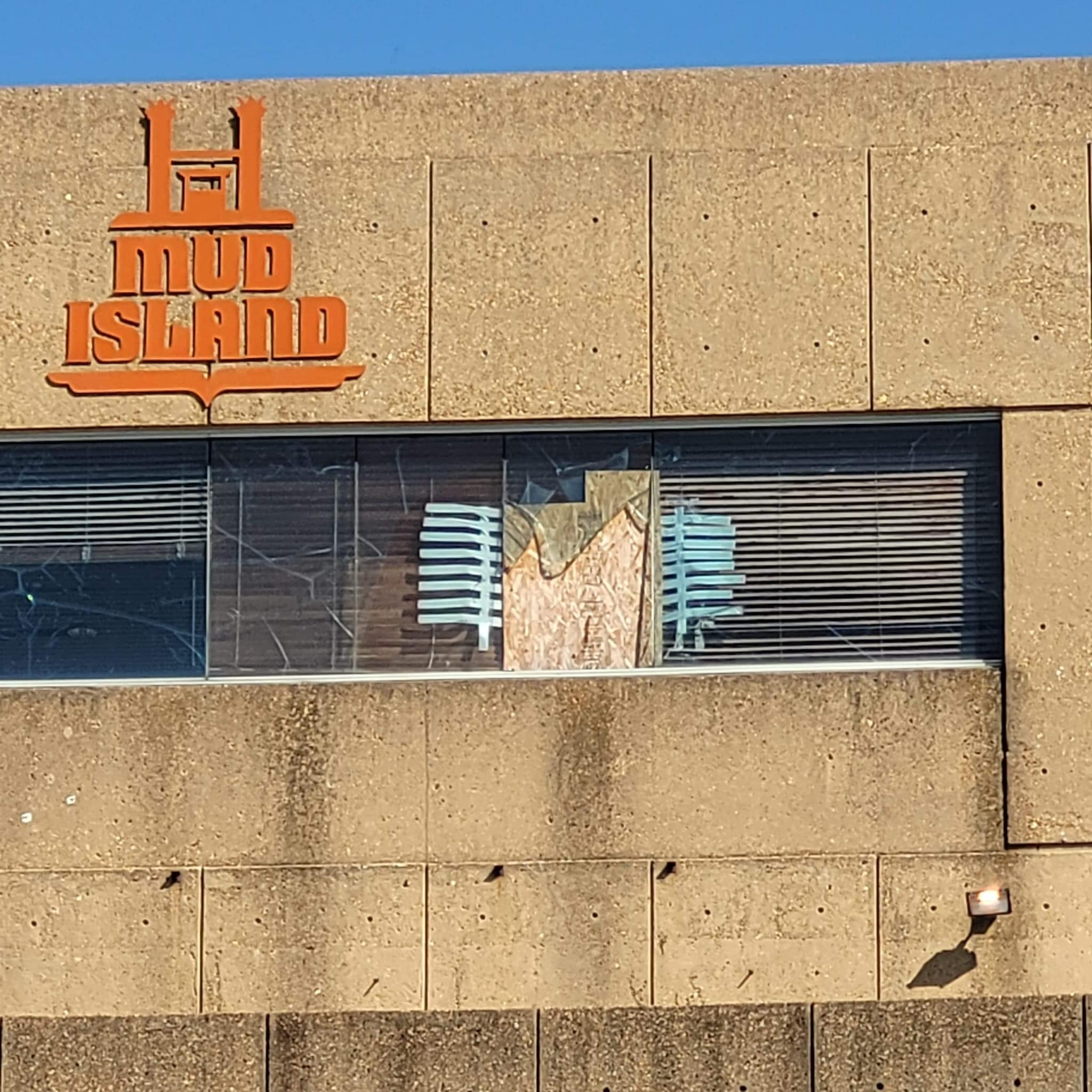
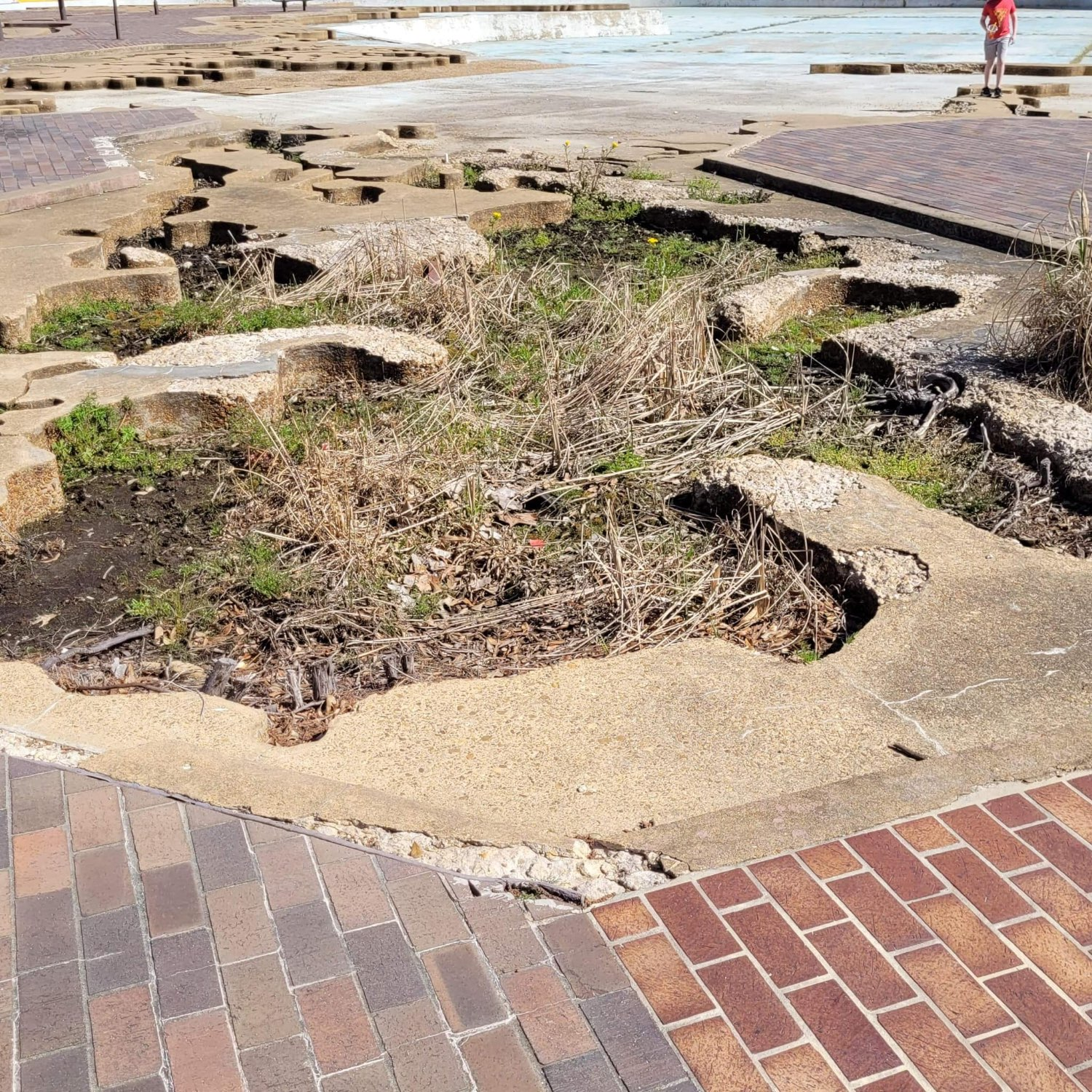
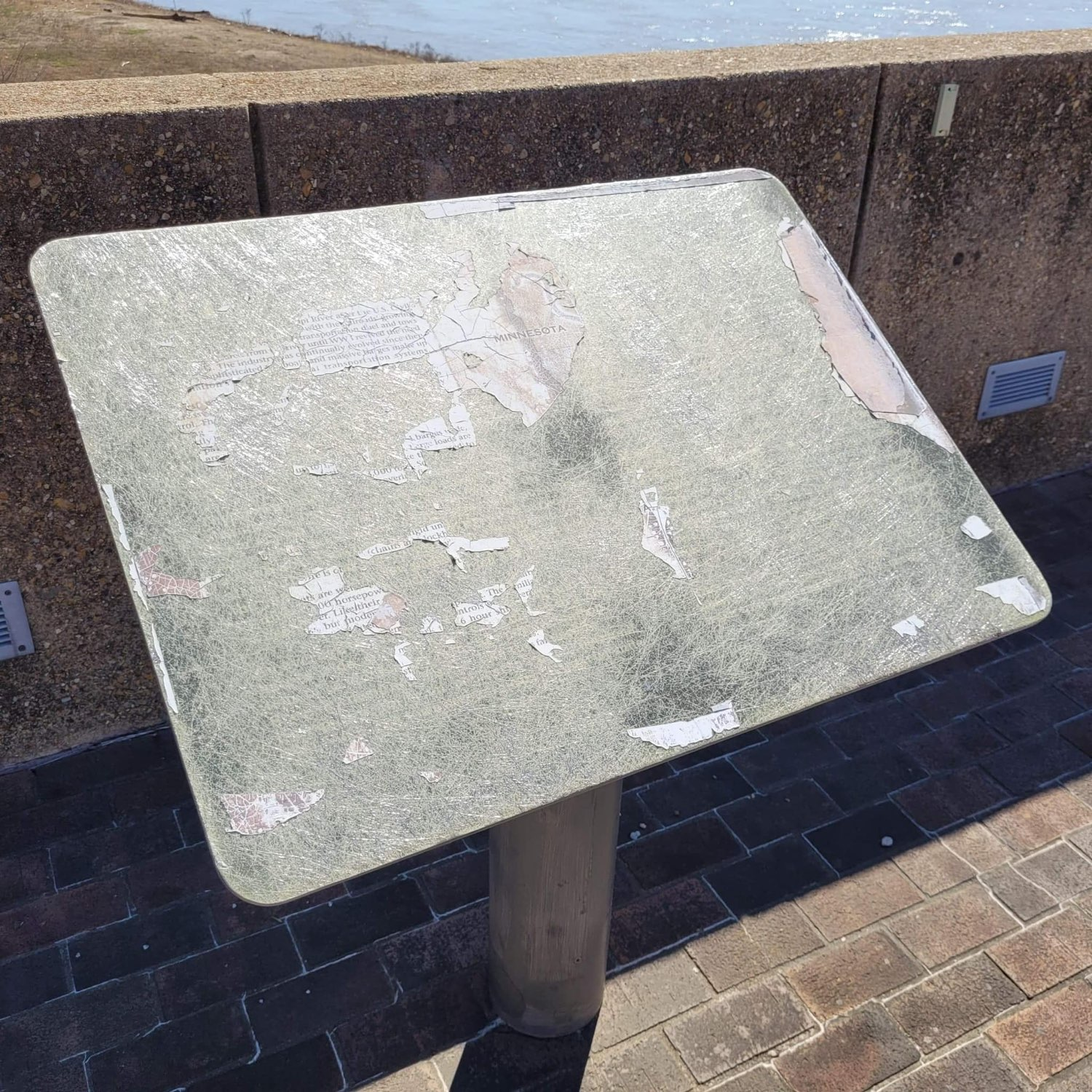
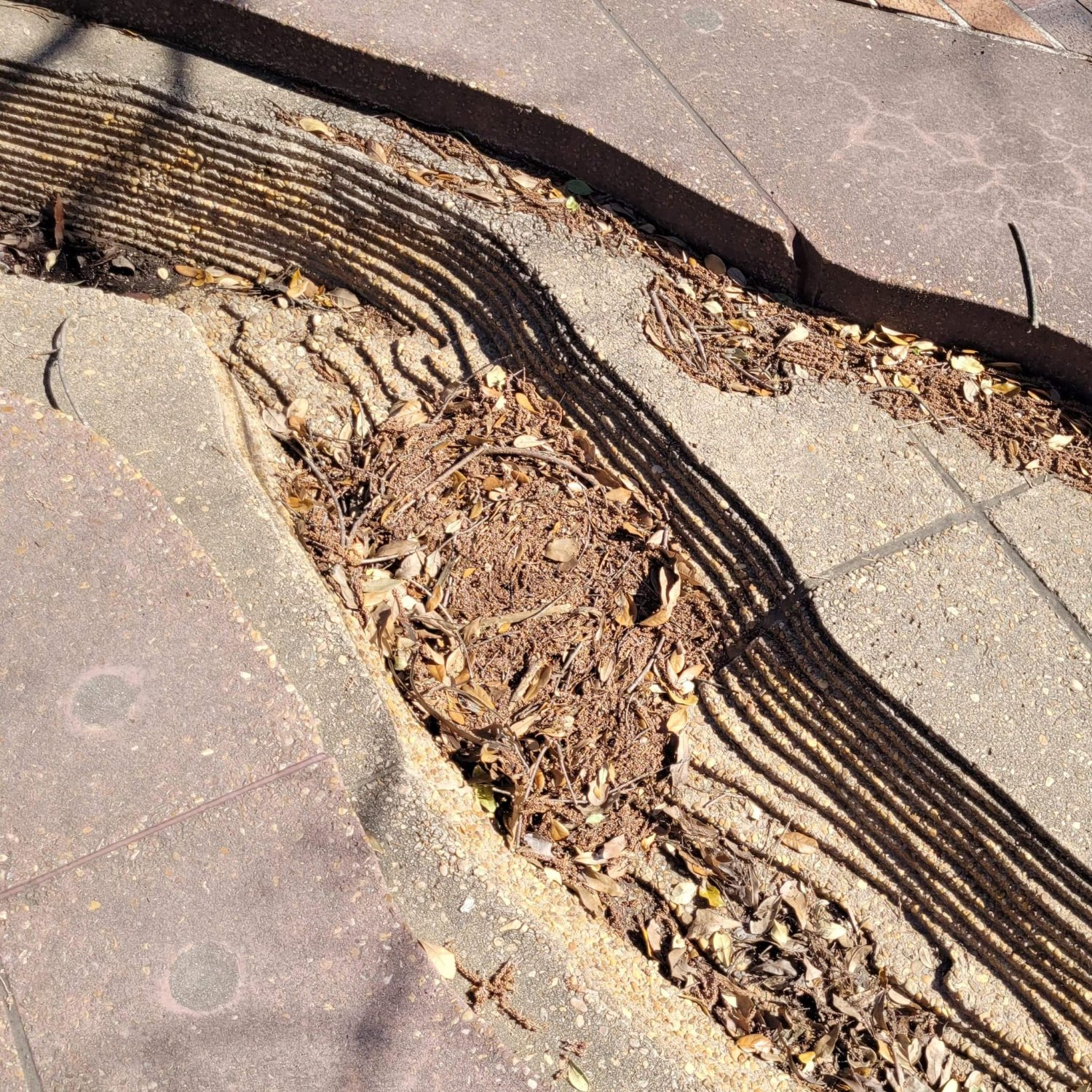
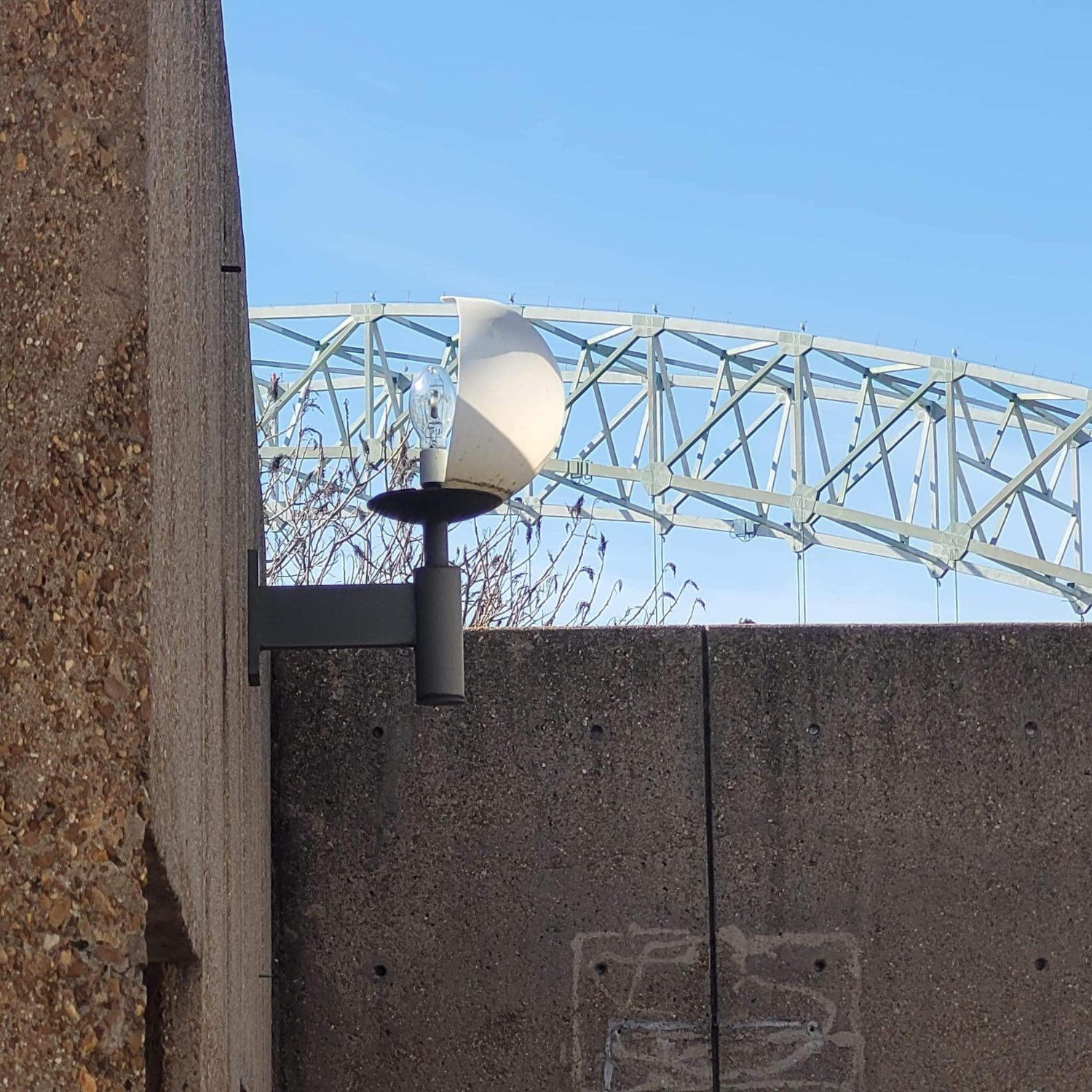

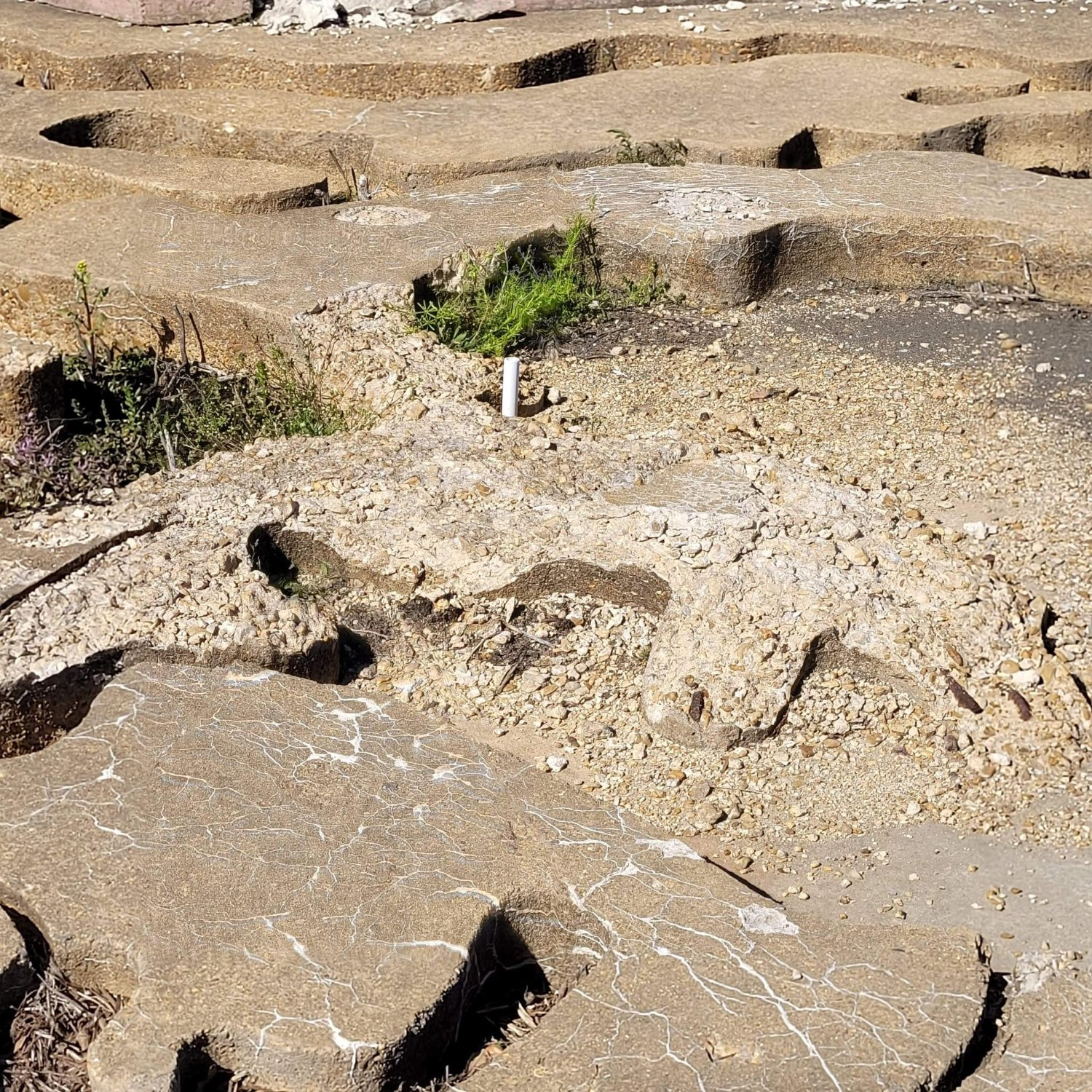
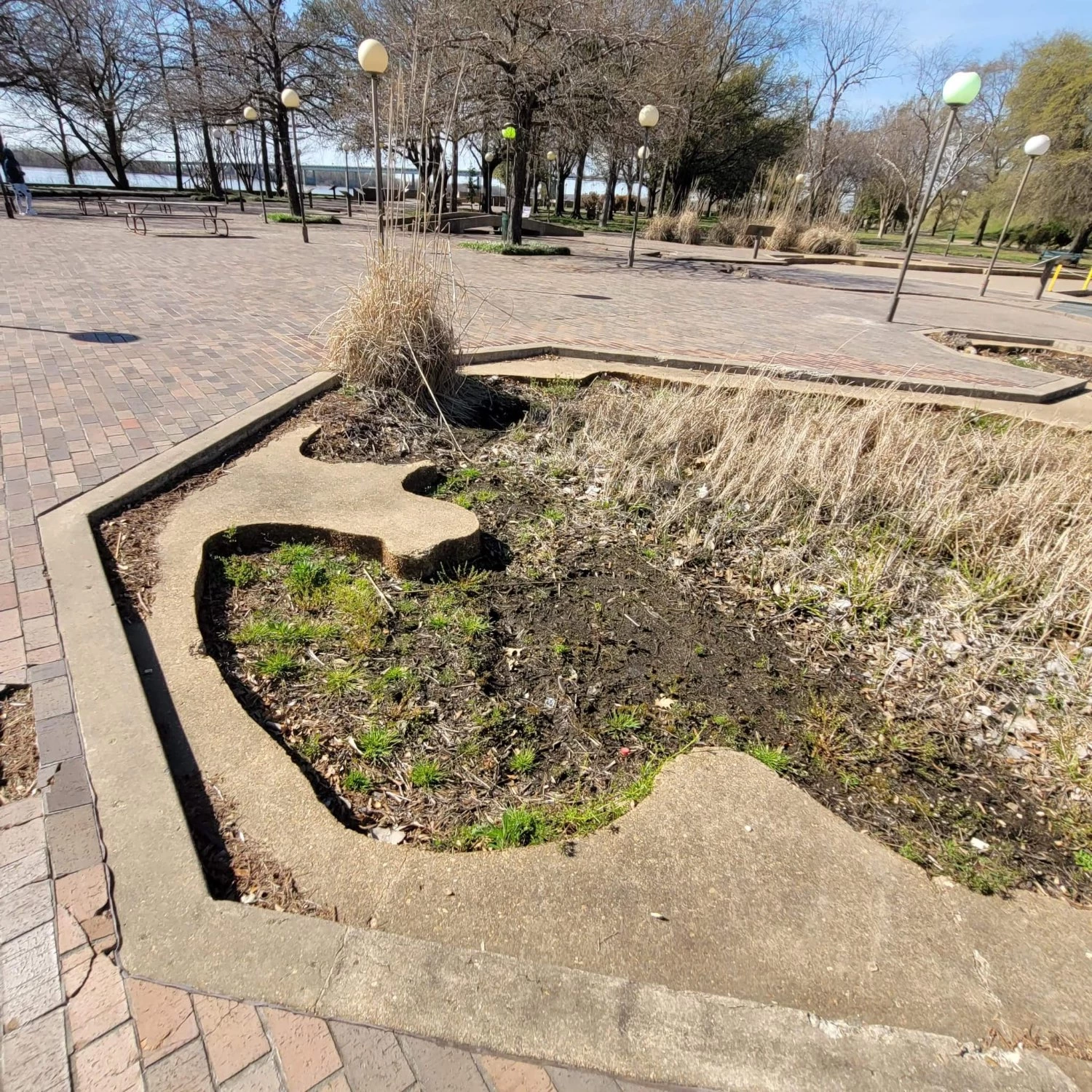
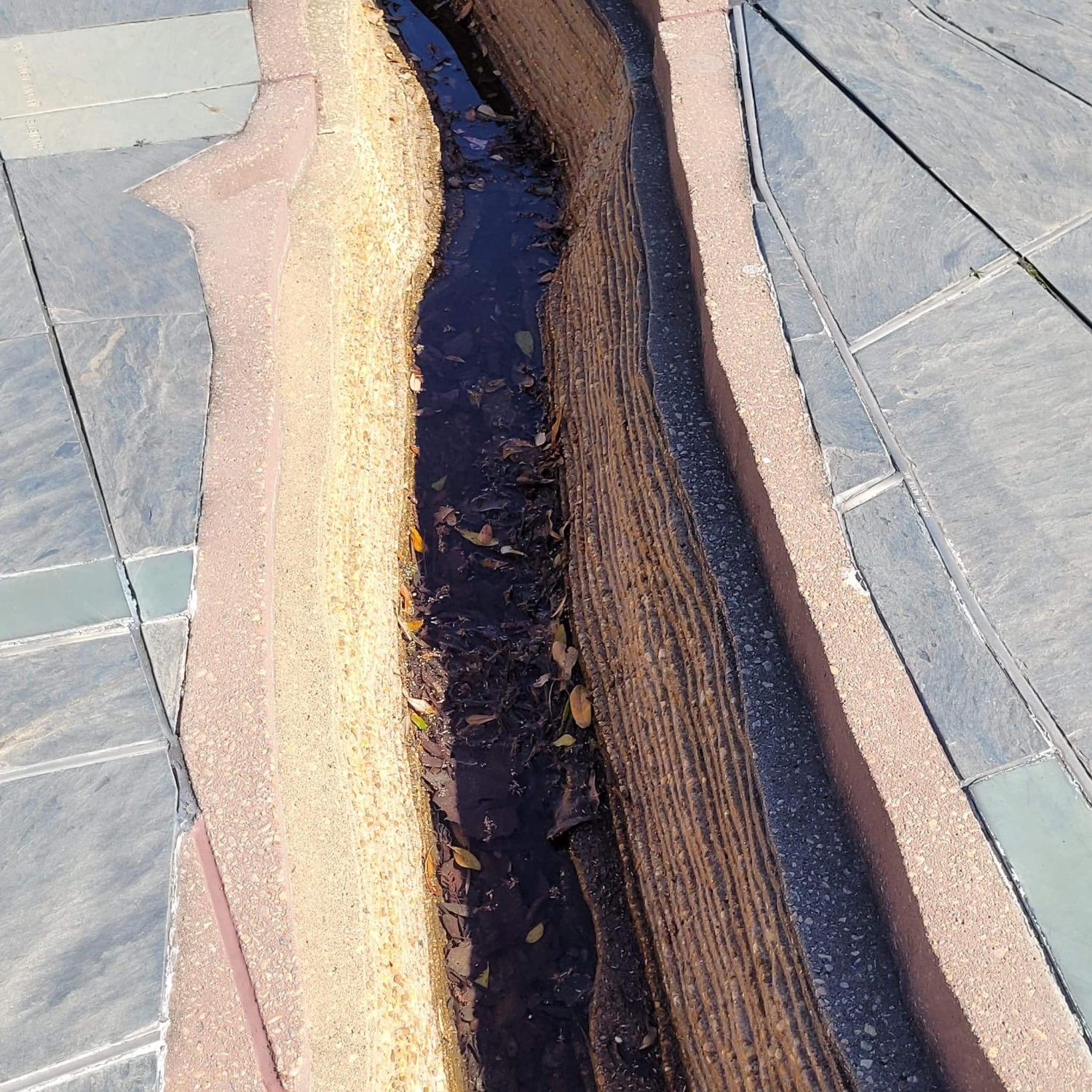
After MRPP won this Federal grant award, public contributions grew another $3.7M (ABC24). Upon this award, the public’s share grew to $40M, with taxpayers paying not 50% but 65% of the total capital expenditure bill for TLP. The former occurred, while taxpayers paid MRPP 100% for river park maintenance at $3.5M per year, which included in part, a disregarded Mud Island. Thought this was supposed to be 50-50? Not so.
Another strange incident seemed to have occurred with MRPP in FY21, with donors pulling out a net $4.9M in proceeds, strangely at the peak of TLP fundraising season, but once the government money started rolling in. This seems to indicate that private donors often seed PPs, only to entice public participation but then, in some cases are quickly reimbursed, with the arrival of new public money.
As far as the Agricenter Commission, they are not transparent and are unwilling to publish their minutes or answer public information requests regarding their contractual agreements. This occurs as Agricenter gets 100% free use of a $226M facility, which can be equated to, at a minimum, a $2.5M County government subsidy per year. Yet, Agricenter needs like $20M more, in local taxpayer money, for capital expenditures, after being generously publicly subsidized for years. At the same time, Agricenter will not let taxpayers know about their business operations. Imagine that! (JustMyMemphs)
Meanwhile the Economic Development Growth Engine (EDGE), which administers job payment-in-lieu of taxes (PILOT) programming, transparently publishes their minutes, financials, and public meeting notices. EDGE’s charge is to accelerate local job creation. But Shelby County is last in total wage growth among its TN municipal peers at 49%, since EDGE’s creation in 2011, compared to Davidson, Hamilton,and Knox respectively at 102.6%, 77% and 74.9%. The former occurs as Shelby County has 479 PILOTs, mostly awarded by EDGE, and Davidson, Hamiliton and Knox respectively have 35, 37 and 55 PILOTs. It’s also important to know that EDGE is financially incented to award as many PILOT tax abatements as they possibly can, and they do. (State of TN), (BLS)
Further, if one is looking for a 50-50 PP partnership, don’t look to EDGE. Their abatements are a 75% corporate reduction in taxes, while the corporation only pays 25% of the taxes due. This overall excess in PILOT tax abatements is made more egregious by Ted Townsend’s recent admission on Behind the Headlines, that Business Facility Magazine ranked Memphis as the most affordable city in the US (Behind the Headlines).
It would make sense to perhaps have an above average number of PILOTs if business costs were high resulting in low affordability. But again, according to Business Facilities Magazine, per Townsend, costs in Memphis are low, making Memphis the most affordable in the country! Why the excessive number of PILOTs?
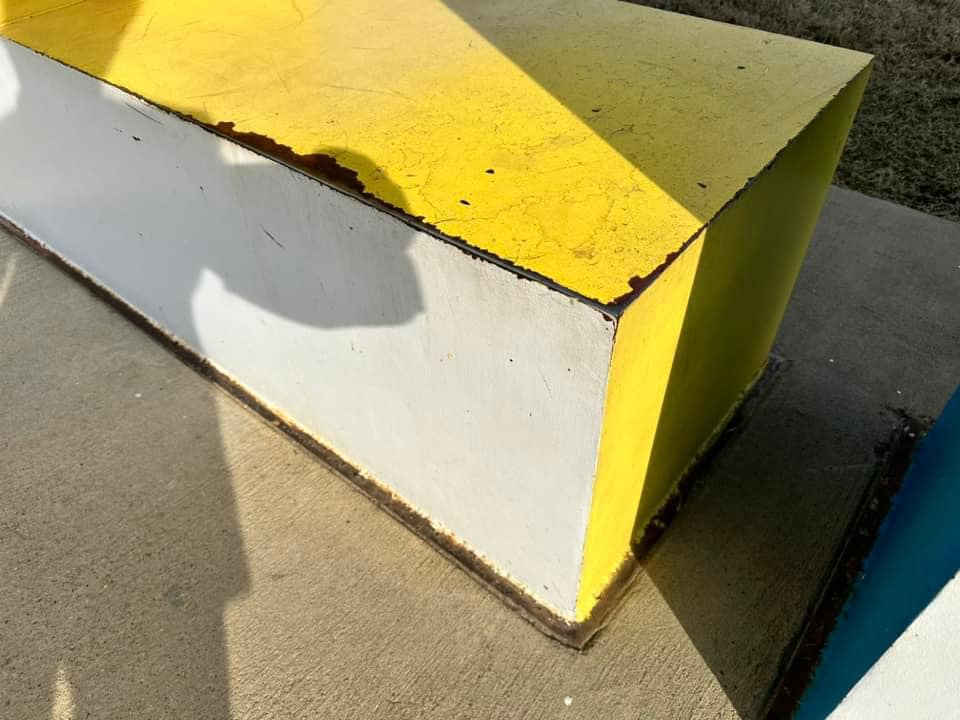


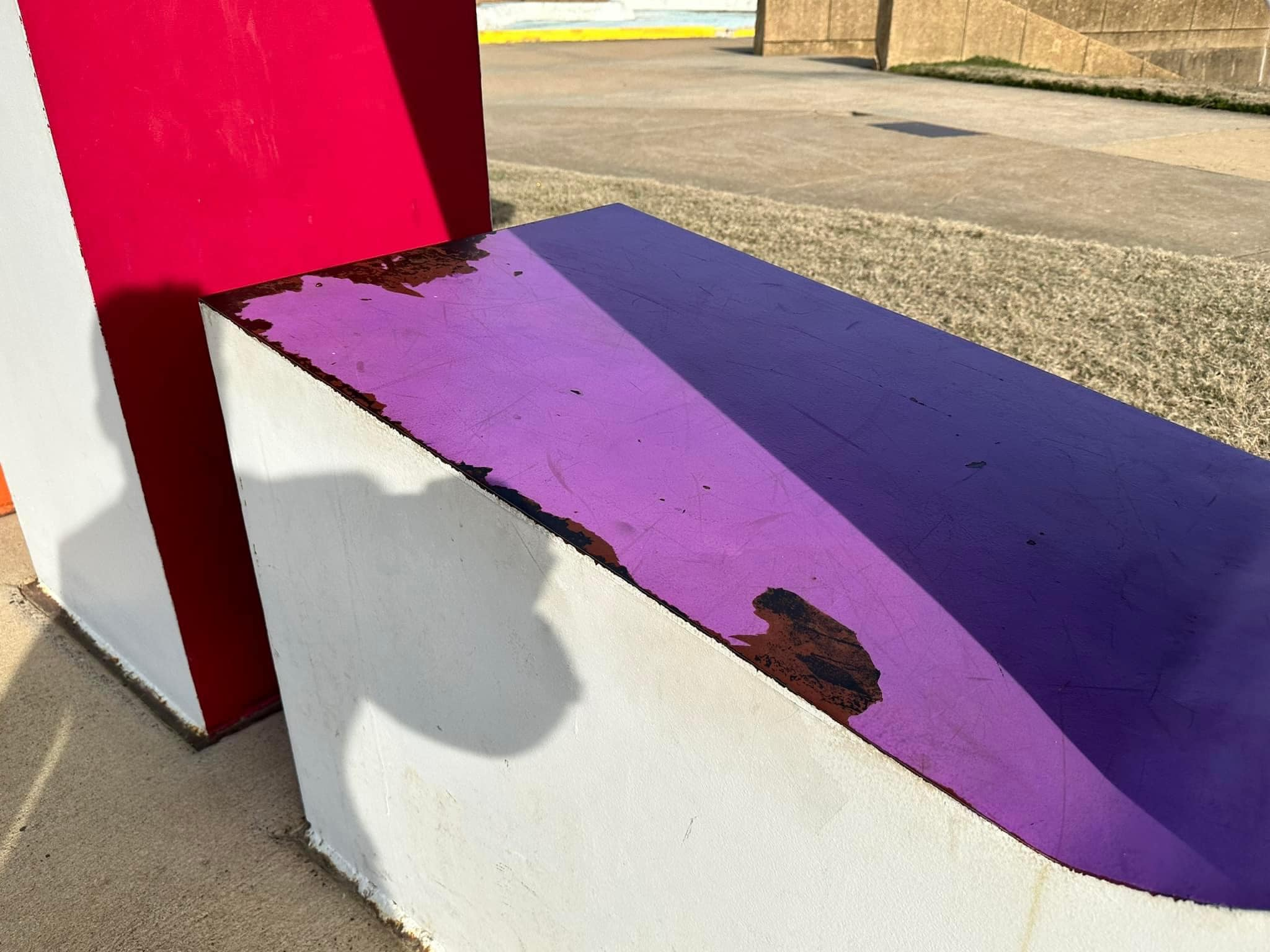
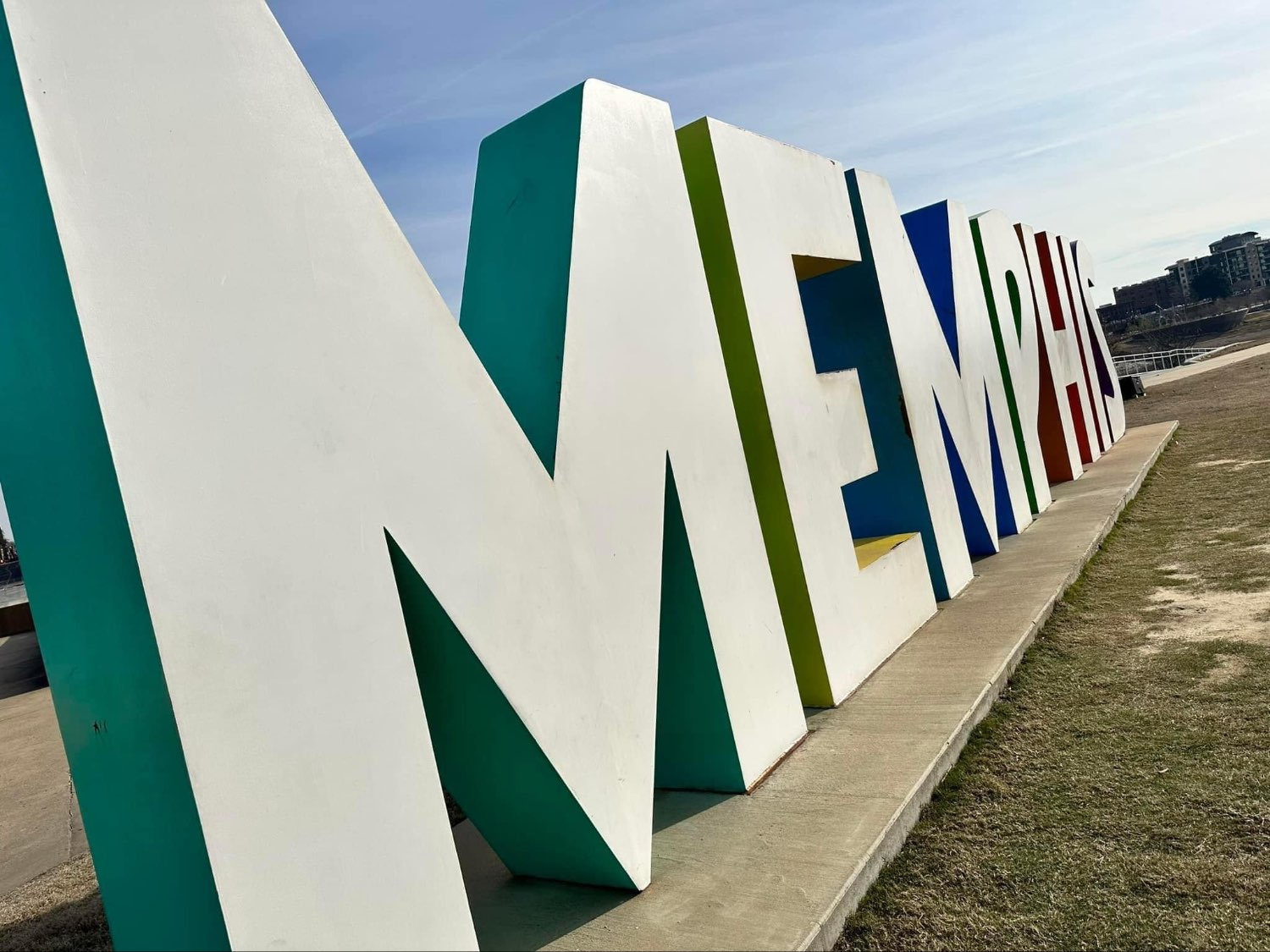

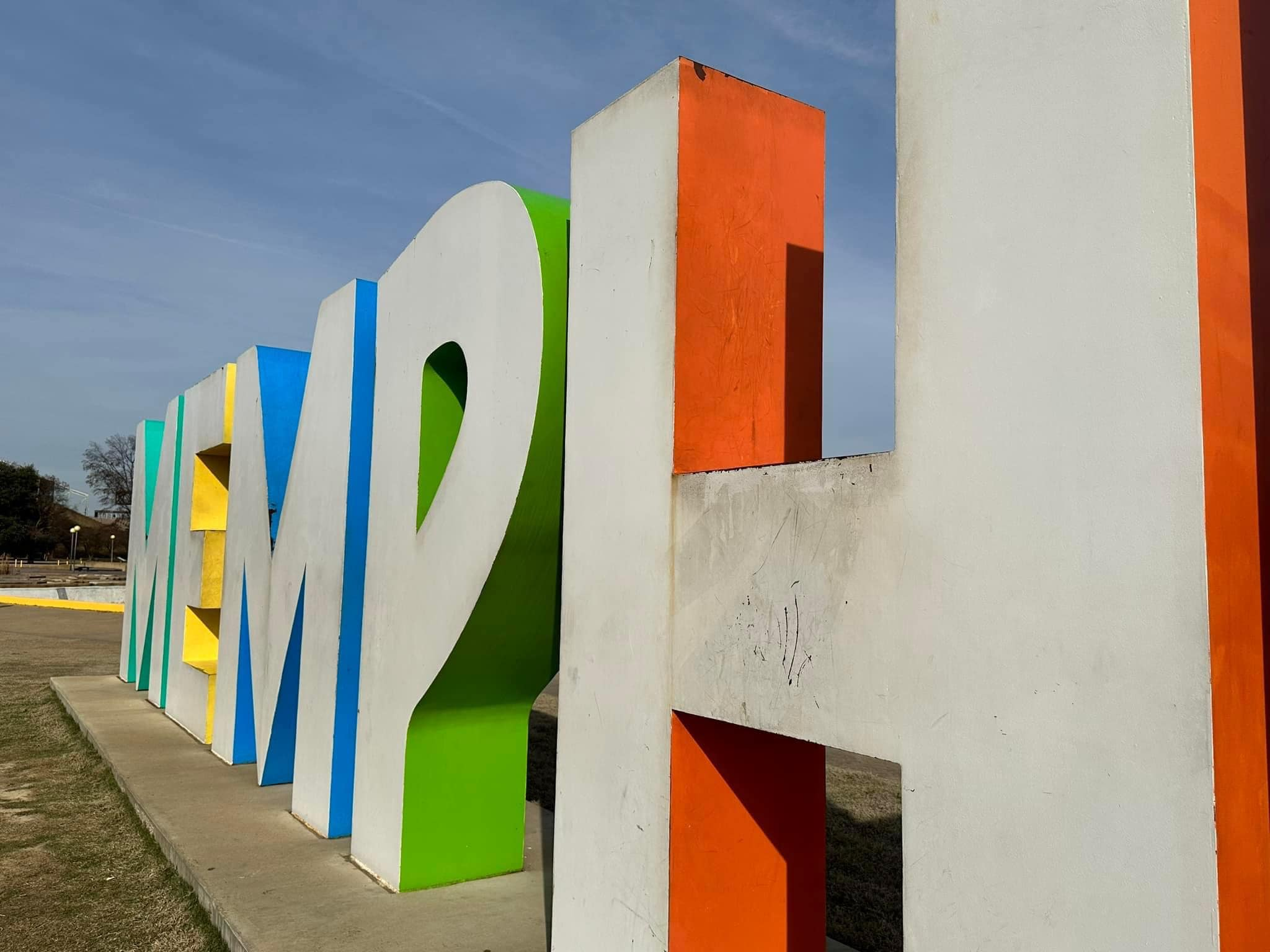
Another local PP, in Epicenter, is again not transparent. Epicenter, touts itself to be a local driver of small business development. But Epicenter really serves as a broker in publicly subsidizing the risky investments of wealthy venture capitalists, hoping to hit a home run with the next major corporation.
If taxpayers want to learn more about Epicenter’s participation and portion of $117M in Federal funds, over the next 10 yrs, coupled with state funds, Epicenter will likely elect to not answer the public’s questions (Treasury).
Upon sending Epicenter a public information request, the request was answered by their law firm, Burch, Porter and Johnson, who is also presently in the news, representing Brooks Museum. The Burch response states: “As a threshold matter, Epicenter, a Tennessee nonprofit corporation, is not subject to the Tennessee Public Records Act”(Burch).
The above are just four of many PPs. Meanwhile, Shelby County Healthcare Corporation, doing business as Regional One, is not publishing board meeting notices or minutes. Keep in mind, taxpayers will be paying $25 more in wheel tax, as $350M has been budgeted to rebuild Regional One, all while taxpayers are blind to what is going on at Regional One Board meetings. WOW !
For years now, PPs have failed Memphis and transparency is lacking. But can PPs work?
Solution
PPs can work if taxpayers and elected officials are able to see what is going on with public money and rigorous oversight is practiced. To that extent, local legislation is needed to require PPs to have their board meetings open and noticed, with their board minutes and monthly financials publicly available. And PPs should also be required to service public information requests. Otherwise, if the public is blind to what public privates are doing with tax dollars, PPs can’t work for community betterment. For the public good, a webpage has been erected to document a pattern of lacking local transparency where public money is involved. See - https://taxpayerjustice.net/transparency/
Check the Facts

Put your business in front of thousands of LOCALS! Create your free listing on the NewsSTAND and update your profile anytime to share the latest info, specials, and contact details.

Got a story to Share? Pitch your idea or write an article for the NewsSTAND! Join us in highlighting the positive and powerful moments that make our city shine.
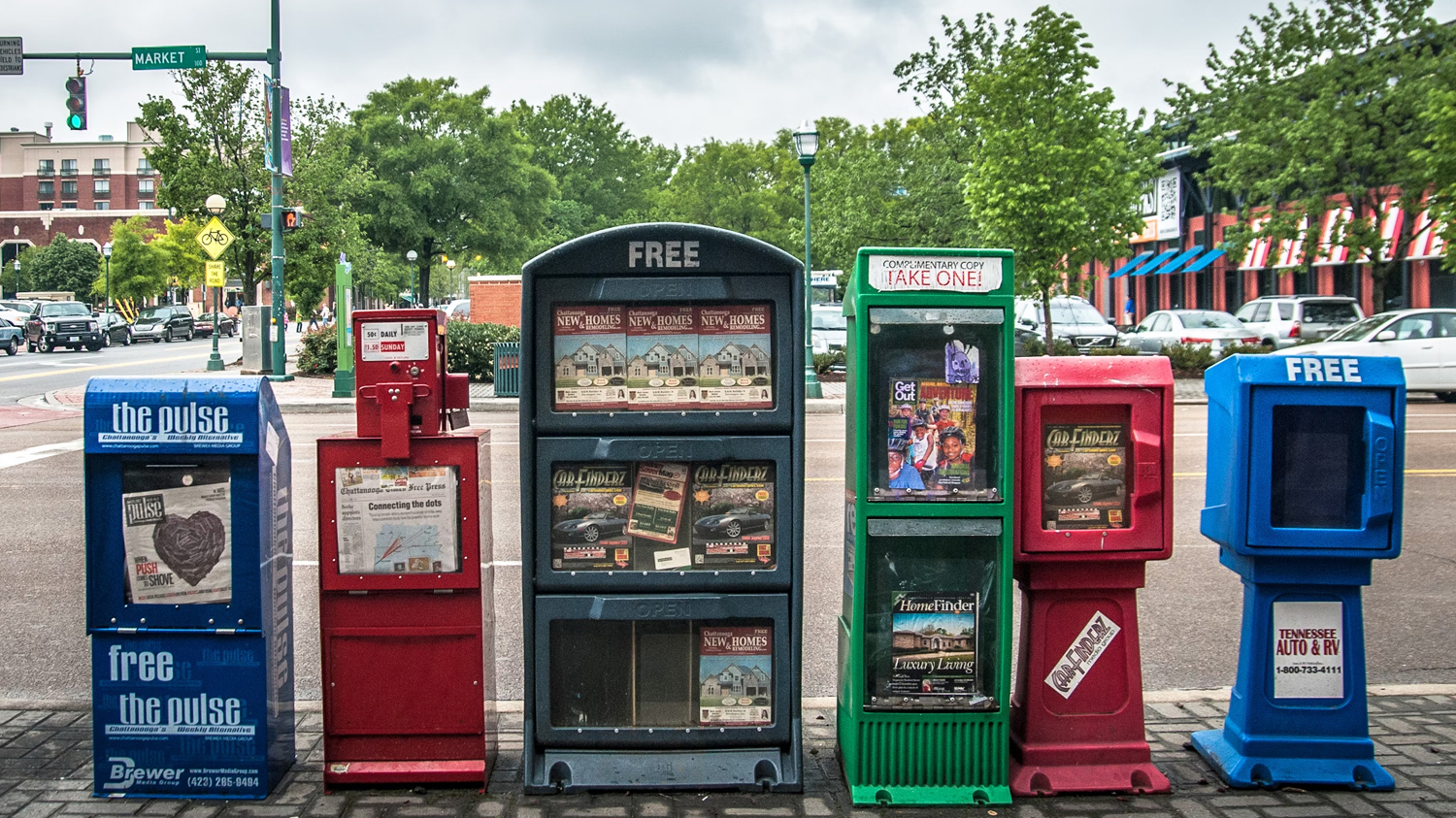
We’re passionate about working together to amplify our City. Reach out to the NewsSTAND team to explore collaboration opportunities and make a difference in our community.
Hover over each card to unlock the full story and see what you’re about to get!






